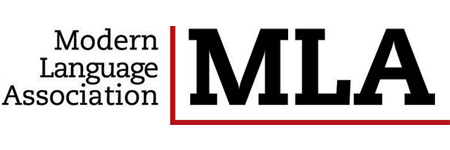Folklore Evaluation of the Film and Novel “A Noise In The Night “ in the Context of Intertextuality/Intersemiotics
DOI:
https://doi.org/10.24082/2024.abked.452Keywords:
Intertextuality, Intersemiotics, Alevism, Rituals, MythsAbstract
Intertextuality, which is defined as the inclusion of one text in another text, is intertwined with visual arts by interacting with cinema-literature, literature-music, sculpture-painting, etc., within the developments in the process Intersemiotics concept has occurred. However, according to the theory of intertextuality, since everything is considered as a text, it constitutes the scope of our subject. A Noıse In The Nıght The relationship between the work, which was adapted from the novel of the same name and turned into a film format, is analyzed like a text and the intertextuality of palempsest, adaptation, montage, narrative change, allusion, intra-narrative, side-filminess/side-textuality and Linearity- Tabularity which are the products of folklore within its methods such as myth and ritual It has been examined under the main headings. These products, which contain the traditional codes of the society; It has also been used as an important tool in explaining the structure of the community to be examined in folklore studies and the world of thought. Therefore, he builds his daily life almost entirely on rituals and myths; It has been more functional to examine the Alevi belief system, which is also the main subject of the novel and the movie, under these headings. The creation of folk knowledge products taken from the tradition in the literary field and then the construction of their transformation in the literary field in the context of cinema required a two-dimensional perspective. The rich cultural infrastructure of the Alevi belief system, which can be examined with the methods of many different disciplines, has opened the door to interdisciplinary methods for studies in the context of this belief system, and the situation of both tradition and the current has been compared while dealing with the recreation of Alevism by adapting it to cinema and novels. The rituals and myths of the Alevi faith in the novel and the film are considered as a text and evaluated within the framework of the relationship of intertextuality in semiotic and semantic dimensions. Finally, although they are seen as external elements in films and novels, the indicators on book covers, epigraphs and movie posters, which give important clues to the reader and the audience, are explained within the framework of the Alevi belief system within the framework of the side-filming/side-textuality method.
Downloads
Downloads
Published
How to Cite
Issue
Section
License
Copyright (c) 2024 Journal of Alevism-Bektashism Studies

This work is licensed under a Creative Commons Attribution-NonCommercial-NoDerivatives 4.0 International License.








